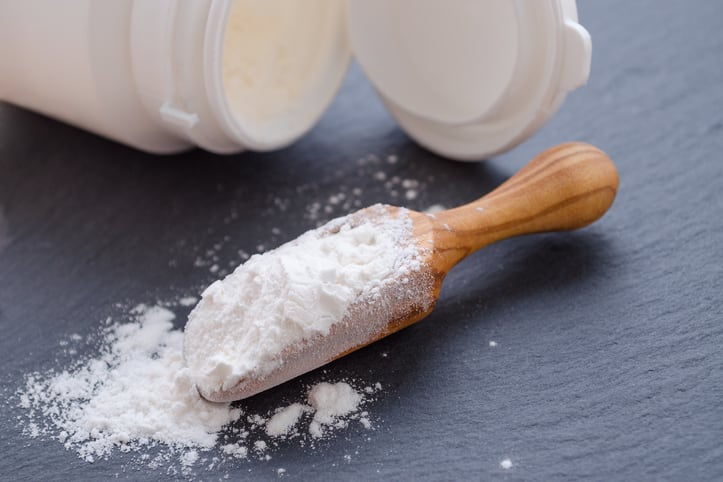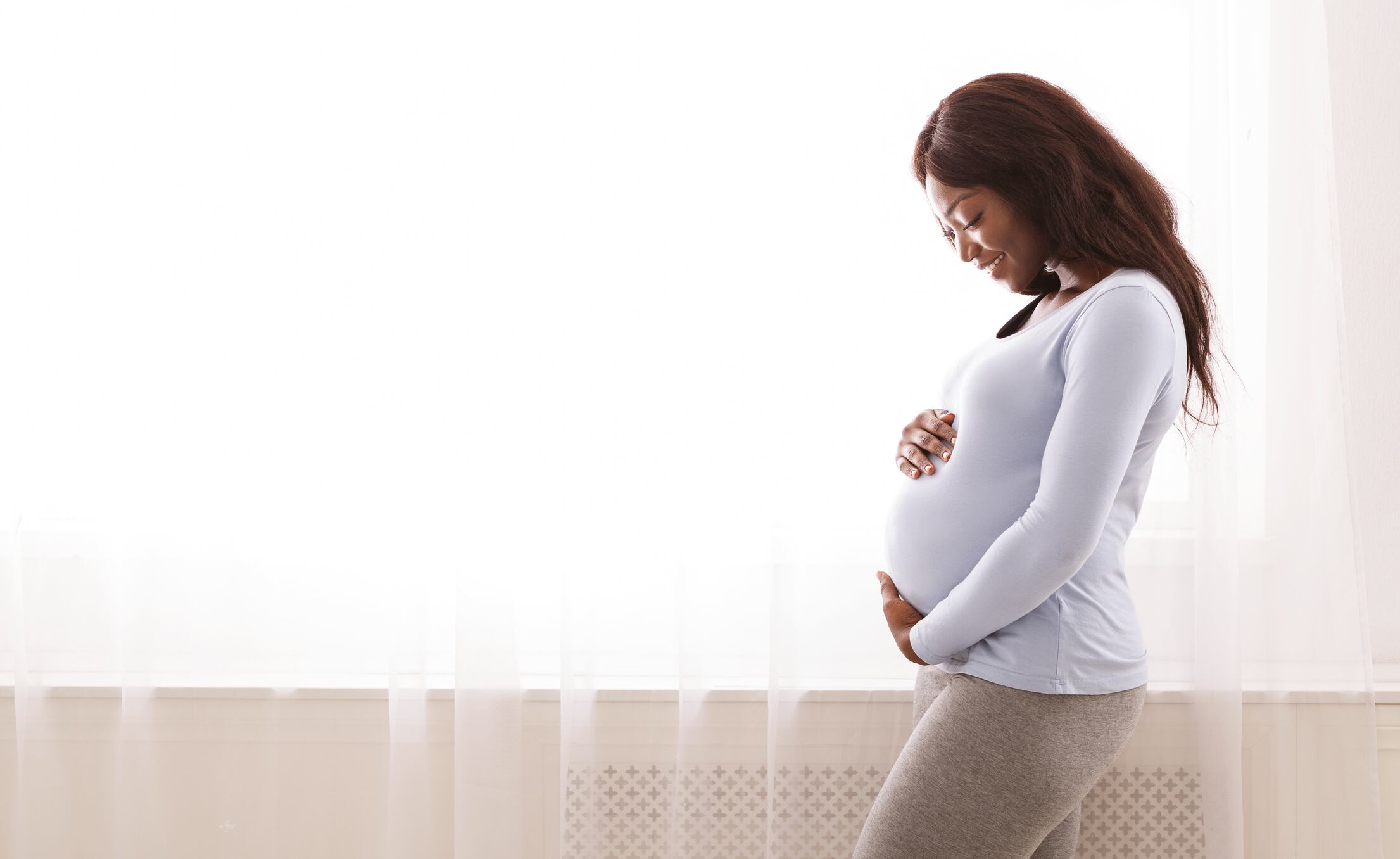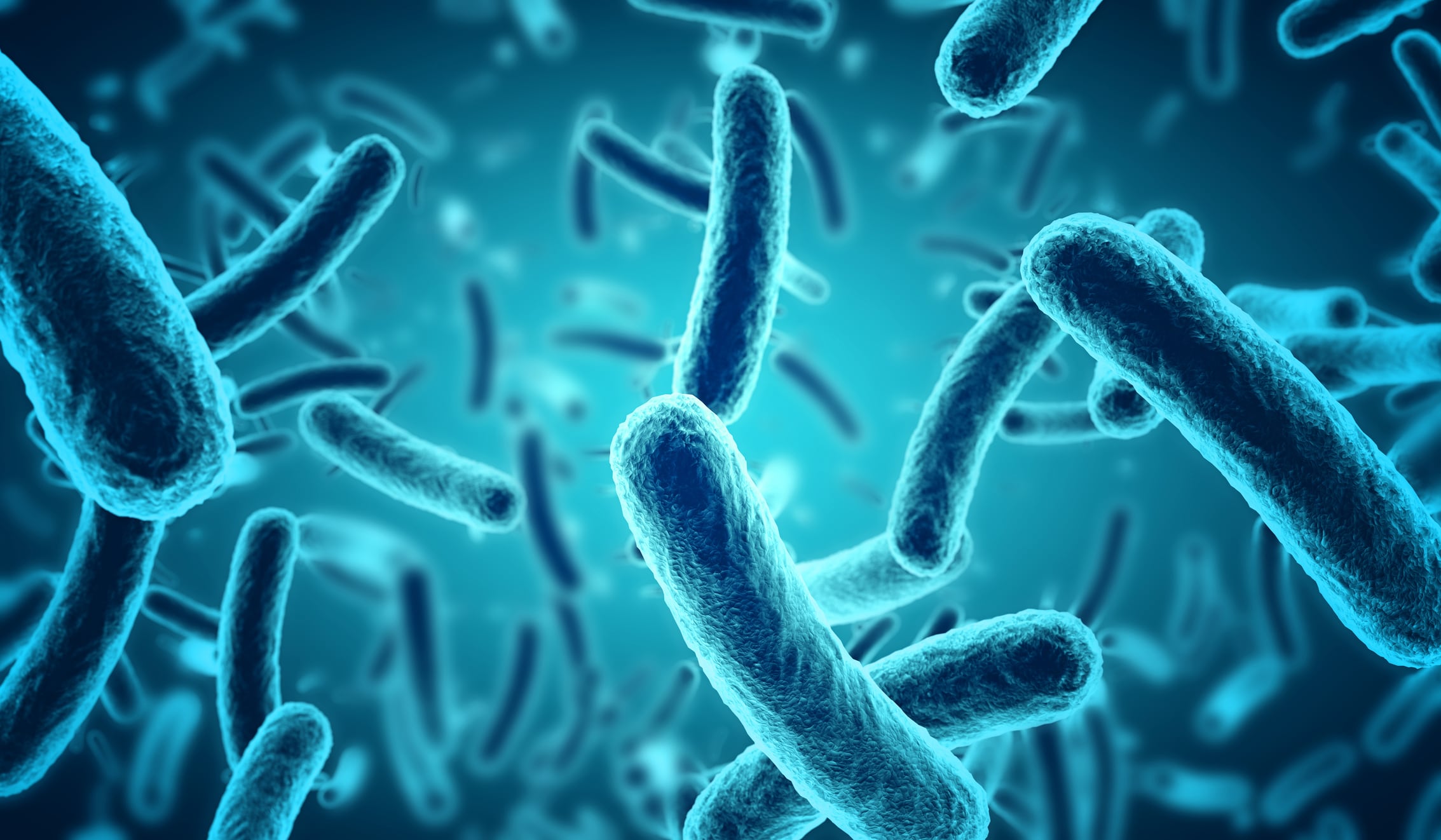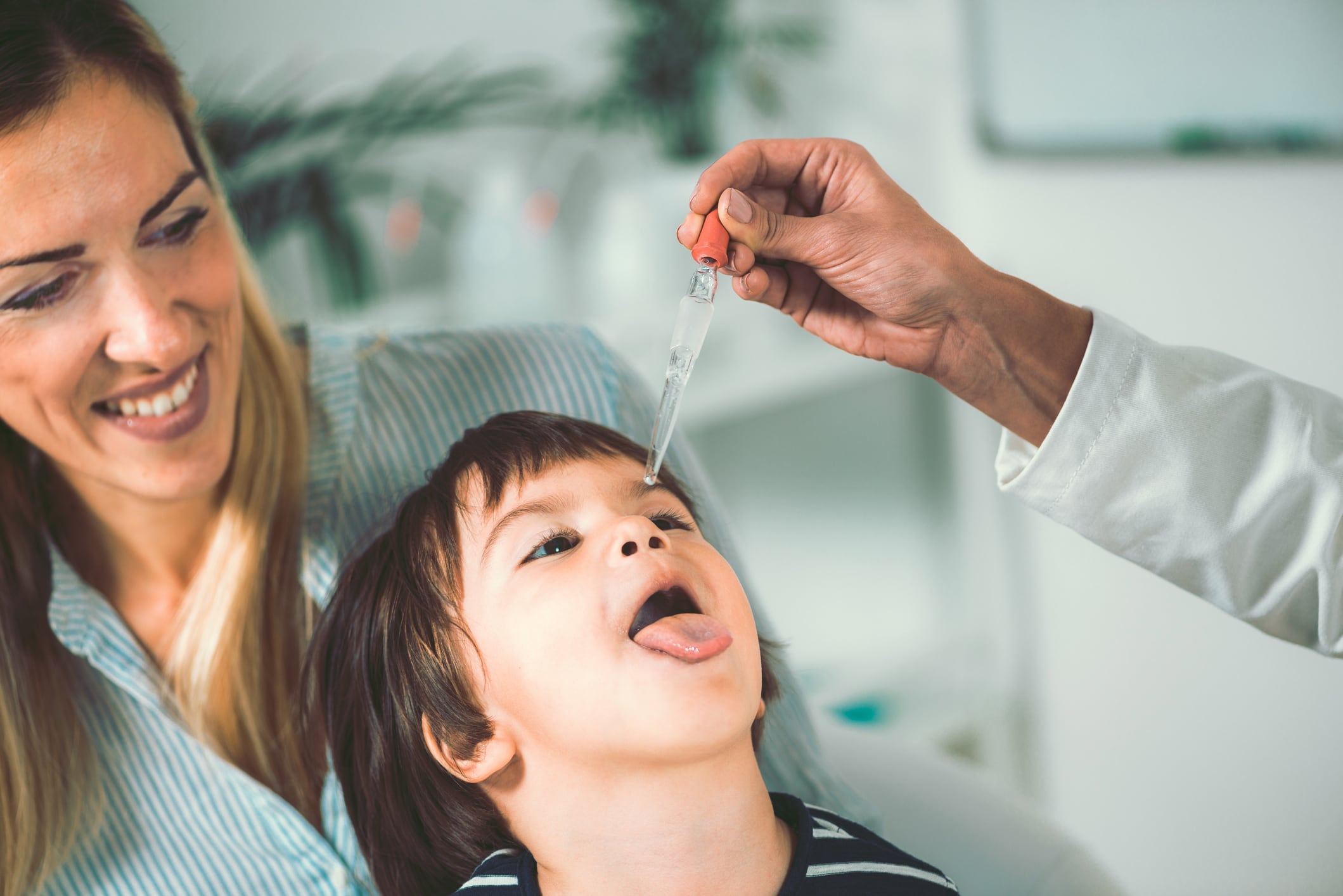Urticaria, characterised by wheals (hives), angioedema (swelling), or both, is a common diagnosis in dermatologic practice. Acute urticaria is primarily caused by an allergic or pseudo-allergic reaction to food, medications, or infection whereas chronic disease is more associated with imbalances in immunity, inflammation and coagulation. Non-sedative second generation anti-histamines, in a high dose, can effectively relieve symptoms but these have unwanted side effects.
Recent reports have shown that altered diversity and composition of the gut microbiota may lead to imbalances in immune regulation, a causal factor in the occurrence of chronic urticaria.
A recent report showed that a combination of Lactobacillus and Bifidobacteria (Yimingjia) protected against experimental food allergy via induction of CD103+ dendritic cells and modulation of the intestinal microbiota. One of the chief components of Yimingjia, Lactobacillus gasseri, has been found to prevent allergen-induced airway inflammation and asthma via PPARα activation in dendritic cells and suppression of the Th17 pro-inflammatory response.
The present study therefore aimed to evaluate the clinical efficacy and safety of an adjunct multi-strain probiotic (Lactobacillus gasseri LK001, 40%; Lactobacillus salivarius LK002, 20%; Lactobacillus johnsonii LK003, 15%; Lactobacillus paracasei LK004, 5%; Lactobacillus reuteri LK005, 5%; Bifidobacterium animalis LK011, 15%) in a sample of more than 200 children with chronic urticaria.
They found the overall response rate in the probiotic group was 80.8%, significantly better than the 62.5% observed in the placebo group. Moreover, they found that probiotic supplementation reduced wheal size and attack frequency from the first week of treatment until the end of the 4-week study.
The report concludes: "Our data showed that supplementation of standard long-acting antihistamine therapy with Yimingjia for 4 weeks was effective and safe for children with chronic urticaria.
"We suspect that administration of Yimingjia helps by maintaining the microbiome homeostasis in the gut of patients with chronic urticaria, and provides immune tolerance to dietary foods as well as induction of regulatory T (Treg) cells. This proposed mechanism is supported by studies that showed a reduced number and function of Treg cells in patients with chronic urticaria."
Materials and methods
During a 12 month period from January to December 2019, the researchers enrolled 206 children aged 6–12 years, with a clinical diagnosis of chronic urticaria and age-matched healthy controls. After diagnosis, patients were randomly and blindly assigned to the treatment or placebo group at a ratio of 1:1.
The combination probiotic product Yimingia was provided by a pharmaceutical supplier (Ningbo, China) as a powdered mixture, at a concentration of 5 × 109 CFU live total bacteria/g, to be consumed orally.
Patients received one satchel (1.5 g) of Yimingjia, twice a day and one bag (2.5 g) of desloratadine dry suspension every night for 4 weeks. Patients in the placebo group also received one bag of desloratadine dry suspension every night and one satchel of a placebo preparation twice daily for 4 weeks.
The researchers evaluated the patients’ subjective and objective symptoms according to the modified MILOR Study and the evaluation of clinical efficacy of the treatments was based on the total symptom score before and after treatment.
Results suggest both groups experienced relief in subjective and objective symptoms of chronic urticaria over the observation period, but the difference in the percentage of clinical efficacy (significant improvement and complete response) between the treatment (84/104, 80.8%) and placebo group (63/102, 61.7%) was significant (p < 0.05).
What's more, the size and frequency of hive attacks reduced significantly in each group but were significantly lower in the treatment versus the placebo group (Z = 1.94, p = 0.049 and Z = 2.15, p = 0.03, respectively).
Previous literature
Changes in the composition of Akkermansia muciniphila, Faecalibacterium prausnitzii, Clostridium leptum and Enterobacteriaceae have been reported in patients with chronic urticarial. Pathogenic strains such as Escherichia coli are also significantly more prevalent in chronic urticaria, while Faecalibacterium prausnitzii, Prevotella copri and Bacteroides sp. are less prevalent in disease.
Changes in the proportions of Lactobacillus and Bifidobacteria at the beginning of gut microbiome development have been suggested to have a long-lasting effect on human health and diseases, particularly in allergic diseases such as atopic dermatitis.
Research suggests probiotics may prevent an allergic response due to their anti-inflammatory effects, skewing the Th1/Th2 balance toward Th1 by inhibiting Th2 cytokines or indirectly inducing the production of IL-10 and T-regulatory cells via dendritic cell maturation or toll-like receptors.
Source: Allergy, Asthma & Clinical Immunology
Bi, XD., Lu, BZ., Pan, XX. et al.
"Adjunct therapy with probiotics for chronic urticaria in children: randomised placebo-controlled trial
https://doi.org/10.1186/s13223-021-00544-3





